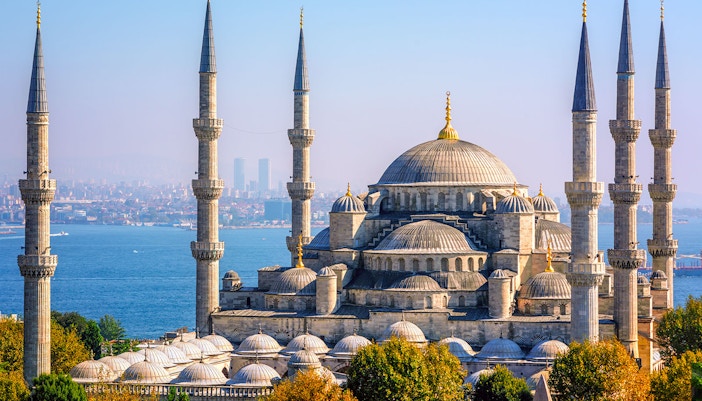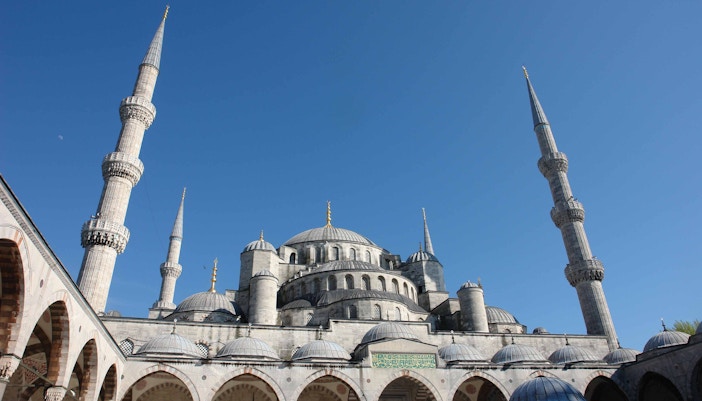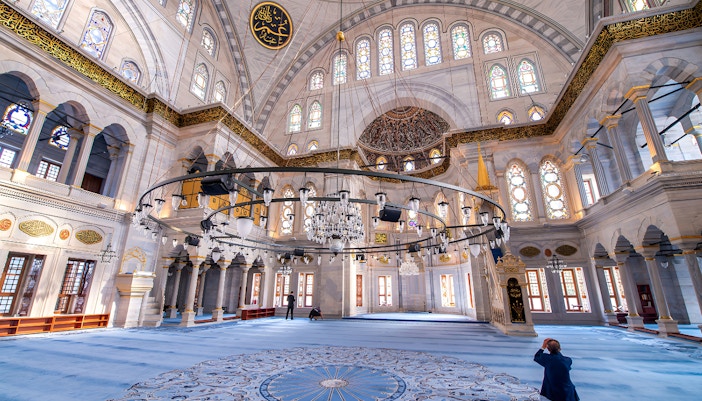The Blue Mosque is not the official name of the iconic landmark. It is originally called the Sultan Ahmed Mosque, named after Ahmed I, the Sultan of the Ottoman Empire from 1603 to 1617. He commissioned its construction in 1609, thus the name Sultan Ahmed Mosque. His tomb is situated on the northern side of the mosque facing Sultanahmet Park.












